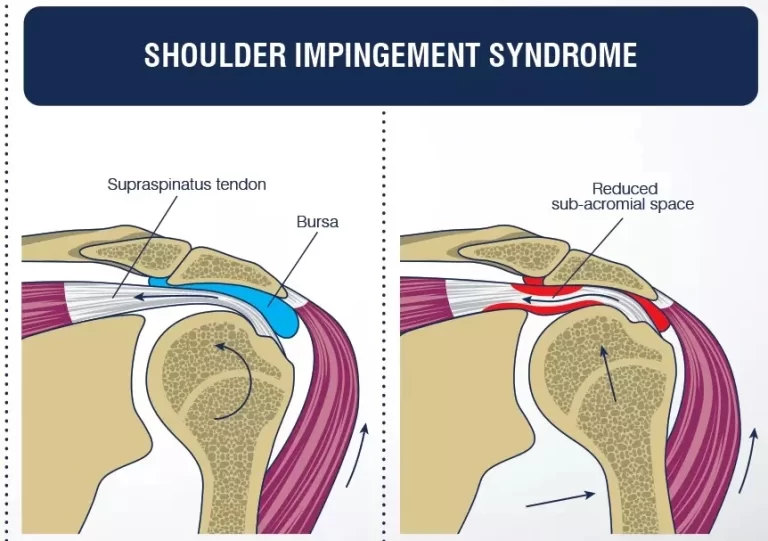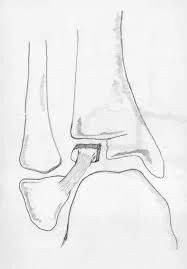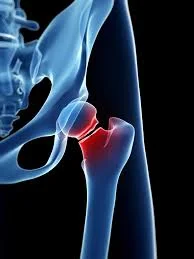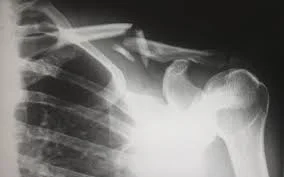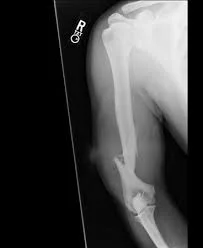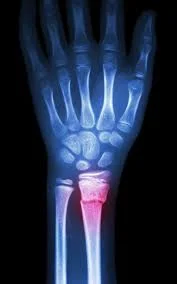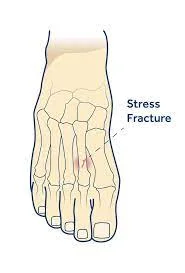Shoulder Impingement
What is a Shoulder Impingement? One of the most typical physical complaints is shoulder pain. Your shoulder comprises several joints connected with tendons and muscles that allow a great range of movement in your arm. Because so many structures make up the shoulder, it is weak to many problems. The rotator cuff is a recurring…

